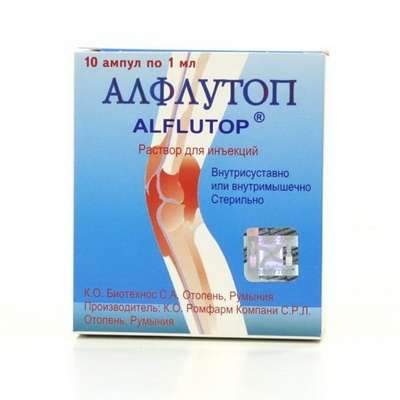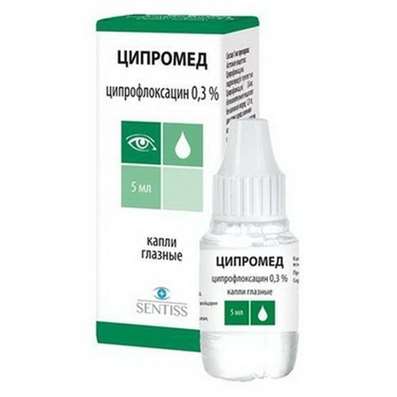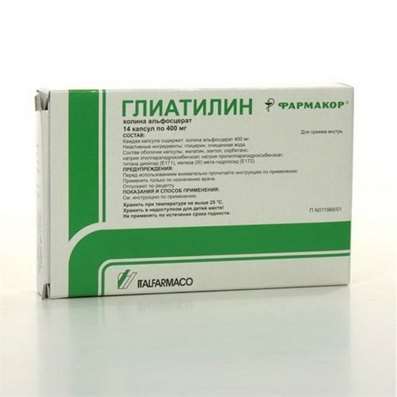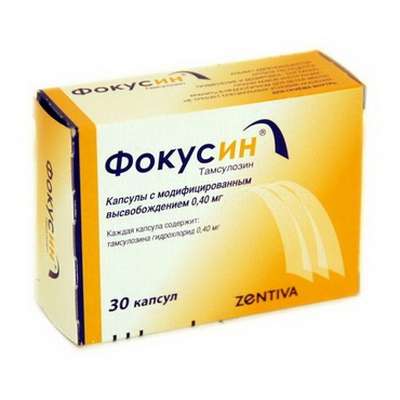Instruction for use: Bymaral
I want this, give me price
Dosage form: Drops for ingestion for children
Active substance: Bromopride*
ATX
A03FA04 Bromopride
Pharmacological groups:
Antiemetic means and preparations
Serotonergic agents
Veterinary funds
The nosological classification (ICD-10)
K25 Stomach ulcer: Helicobacter pylori; Pain syndrome with gastric ulcer; Pain syndrome with peptic ulcer of stomach and duodenum; Inflammation of the gastric mucosa; Inflammation of the mucosa of the gastrointestinal tract; Benign ulcer of the stomach; Disease of the stomach and duodenum, associated with Helicobacter pylori; Exacerbation of gastroduodenitis against ulcer disease; Exacerbation of peptic ulcer; Exacerbation of gastric ulcer; Organic GI disease; Peptic ulcer of the stomach and duodenum; Postoperative Stomach Ulcer; Recovering ulcers; Symptomatic Stomach Ulcers; Chronic inflammatory disease of the upper gastrointestinal tract associated with Helicobacter pylori; Helicobacter pylori eradication; Erosive-ulcerative lesions of the stomach; Erosive lesions of the stomach; Erosion of the gastric mucosa; Peptic Ulcer; Stomach ulcer; Stomach ulcer; Ulcerative lesions of the stomach; Symptomatic ulcers of the stomach and duodenum
K26 Ulcer of duodenum: Pain syndrome with duodenal ulcer; Pain syndrome with peptic ulcer of stomach and duodenum; Disease of the stomach and duodenum, associated with Helicobacter pylori; Exacerbation of peptic ulcer; Exacerbation of duodenal ulcer; Peptic ulcer of the stomach and duodenum; Recurrence of duodenal ulcer; Symptomatic ulcers of the stomach and duodenum; Helicobacter pylori eradication; Erosive-ulcerative lesions of the duodenum; Erosion-ulcerative duodenal lesions associated with Helicobacter pylori; Erosive lesions of the duodenum; Peptic ulcer disease of the duodenum; Ulcerative duodenal lesions
K30 Dyspepsia: Fermentation dyspepsia; Hyperacid indigestion; Putrefactive indigestion; Dyspepsia; Dyspepsia of nervous origin; Dyspepsia in pregnant women; Dyspepsia fermentation; Dyspepsia putrefactive; Dyspepsia medication; Dyspepsia due to diseases of the digestive system; Dyspepsia due to impaired motility of the gastrointestinal tract; Dyspepsia due to unusual food or overeating; Dyspeptic phenomena during pregnancy; Dyspeptic Syndrome; Gastric indigestion; Delayed emptying of the stomach; Delayed digestion; Idiopathic indigestion; Acid dyspepsia; Disturbance of the upper GI tract motility; Indigestion; Nervous indigestion; Non-ulcer dyspepsia; The feeling of heaviness in the stomach after eating; Postprandial functional dyspepsia; The processes of fermentation in the intestine; Stomach upset; Gastrointestinal disorders; Digestive disorders; Disorders from the digestive tract; Stomach upset; Indigestion disorder; Indigestion in infants; Symptoms of dyspepsia; The syndrome of putrefactive dyspepsia; Syndrome of putrefactive dyspepsia in infants; Syndrome of insufficiency of digestion; Syndrome of nonulcer dyspepsia; Toxic indigestion; Functional dyspepsia; Functional indigestion; Chronic indigestion; Chronic episodes of dyspepsia; Essential dyspepsia; Dyspeptic disorder
K31 Other diseases of the stomach and duodenum: Stress damage to the mucosa; Discomfort in the stomach
K52 Other non-infectious gastroenteritis and colitis: Syndrome of senile intestine; Sigmoiditis; Non-infectious gastroenteritis; Gastroenterocolitis; Colitis; Colitis nondiscriptional; Colitis noninfectious; Colitis chronic; Colitis chronic non-infectious; Local enteritis; Non-infectious sigmoiditis; Chronic inflammatory diseases of the large intestine; Chronic inflammatory diseases of the small intestine; Chronic enterocolitis; Chronic atrophic gastroenteritis; Chronic gastroenteritis; Chronic colitis; Chronic enterocolitis; Enteritis; Enteritis non-infectious; Enterocolitis chronic non-infectious; Disease of the large intestine
K83 Other diseases of the biliary tract: Bile stasis
K94 * Diagnosis of digestive diseases: Hepatic and splenic scans; Visualization of the liver by invasive methods; Isotope scintigrams of the liver; Laparocentesis; Ultrasound examination of the liver; Magnetic resonance imaging of the liver; Computed tomography of the liver; Esophageal Manometry; Anoscopy; Visualization of the biliary tract; Ultrasonic visualization of the liver; Gastroscopy; Degassing of the intestine before diagnostic tests; Degassing of the intestine before X-ray examination; Gastrointestinal diagnostics; Diagnosis of bleeding from the small intestine; Diagnosis of focal pathology of the liver; Diagnosis of secretory ability and acid-forming function of the stomach; Diagnostic intervention on the large intestine; Duodenal sounding; Duodenoscopy; Instrumental studies of the abdominal cavity organs; Intraoperative cholangiography; Irrigoscopy; Examination of gastric secretion; Gastrointestinal tract examination; Study of acid-forming function of the stomach; Examination of secretory function of the stomach; Colonoscopy; Controlling the effectiveness of lithotripsy; Determination of the degree of hypersecretion in duodenal ulcer; Preparation for diagnostic tests; Preparation for X-ray and instrumental methods of abdominal examination; Preparation for X-ray and ultrasound examination of the abdominal organs; Preparation for X-ray or endoscopic examination of the digestive tract; Preparation for X-ray examination of the gastrointestinal tract with contrasting; Preparation for roentgenological examination of gastrointestinal tract with application of barium; Preparation for X-ray and ultrasound of the abdominal organs; Preparation for X-ray examination or ultrasound of the abdominal cavity organs; Preparation for ultrasound and radiographic examination of the abdominal cavity organs; Preparation for endoscopic examination of the lower parts of the colon; Preparation for endoscopic or roentgenologic examination of the lower intestine; Preparation of the lower GI tract for endoscopy; Preparation of the colon for instrumental and radiographic examinations; Preparation of the colon for X-ray and endoscopy; Recto-manoscopy; Rectoscopy; Radiography of the digestive tract; X-ray diagnosis of achalasia of the esophagus; X-ray diagnosis of diseases of the digestive tract; X-ray diagnostics of the digestive tract; Radiocontrast examination of bile ducts; Radiocontrast study of the digestive tract; Radiographic diagnosis of gastrointestinal tract; X-ray examinations of the digestive tract; X-ray examination of the duodenum and gallbladder; X-ray examination of the stomach; X-ray examination of the biliary tract and gallbladder; X-ray examination of the digestive tract; X-ray examination of the esophagus; Retrograde cholangiopancreatography; Retrograde endoscopic pancreatocholangiorentgenography; Sonography of the gastrointestinal tract; Splenoportography; Ultrasound of the abdominal cavity organs; Functional X-ray diagnostics for stomach diseases; Functional X-ray diagnostics for intestinal diseases; Cholangiography; Cholangiography in cholelithiasis; Cholangiopancreatography; Cholecystography; Esophagoscopy; Endoscopic retrograde pancreatography; Endoscopic retrograde cholangiopancreatography; Endoscopic interventions; Endoscopic examination of the digestive system; Endoscopic examination of the lower parts of the large intestine; Endoscopic examination of the digestive tract; Endoscopy; ERCPR; Panendoscopy
R10.1 Pain localized in the upper abdomen: Pain in the stomach; Pain in the stomach; Pain in the upper abdomen; Pain in the epigastric region; Epigastric pain; Pain syndrome in acute pancreatitis; Pain in the stomach; Pain in epigastrium; Pain in acute gastritis with high acidity; Pain with chronic gastritis with high acidity; Gastralgia; Discomfort and pain in epigastrium; Gastric discomfort; Feeling of discomfort in the epigastric region; Severity in the epigastric region; Epigastric pains; Pain in the epigastric region; Pain syndrome in pancreatitis; Discomfort and pain in the epigastric region
R11 Nausea and vomiting: Postoperative vomiting; Nausea; Vomiting; Vomiting in the postoperative period; Vomiting medication; Vomiting in the background of radiation therapy; Vomiting uncontrollable; Vomiting in radiation therapy; Persistent vomiting; Indomitable vomiting; Postoperative nausea; Vomiting with chemotherapy; Vomiting of the central genesis; Vomiting with cytotoxic chemotherapy; Persistent hiccups; Repeated vomiting
R14 Meteorism and related conditions: Bloating; Inflammation of the intestine; Severe flatulence; Gases in the postoperative period; Degassing of the intestine before diagnostic tests; Degassing of the intestine before X-ray examination; Gas retention; Excess formation and accumulation of gases in the gastrointestinal tract; Sour eructation; Flatulence; Meteorism with increased gas formation in the digestive tract; Flatulence in infants; Flatulence in newborns; Flatulence due to fatty or unusual food; The flatulence caused by the disease of the digestive system; Belching; Sensation of bloating; Sensation of stomach overflow; Increased gas formation; Enhanced gas generation and accumulation of gases in the gastrointestinal tract; Feeling of overfilling in epigastrium; A feeling of overflow of the stomach; Feeling of heaviness in the stomach; Increased gas formation in the gastrointestinal tract; Increased formation and accumulation of gases in the digestive tract
Composition and release form
1 bottle with 20 ml solution for ingestion (for children) contains bromopride 200 mg (1 drop - about 0.1 mg).
Pharmachologic effect
Mode of action - normalizing the function of the digestive system.
Regulation of GI motility, increase of tone and strengthening of peristalsis, elimination of nausea and vomiting of functional origin, antitoxic.
Indication of the drug Bymaral
Dyspepsia (nausea, vomiting, gastralgia, aerophagia, flatulence, belching, heartburn), diaphragmatic hernia, peptic ulcer of stomach and duodenum, biliary dyskinesia, spastic colitis, X-ray diagnostics of the digestive tract.
Contraindications
Hypersensitivity, pregnancy.
Side effects
Dizziness, headache, drowsiness, dyskinesia of the muscles of the head, neck and shoulder girdle, dry mouth.
Dosing and Administration
Inside, before meals - for 0.5-1 mg / kg (5-10 drops / kg body weight) per day in 2 divided doses.
Storage conditions of the drug Bymaral
In a dry, the dark place at a temperature of 10-25 ° C.
Keep out of the reach of children.
The shelf life of the drug Bymaral
3 years.
Do not use beyond the expiration date printed on the package.

 Cart
Cart





